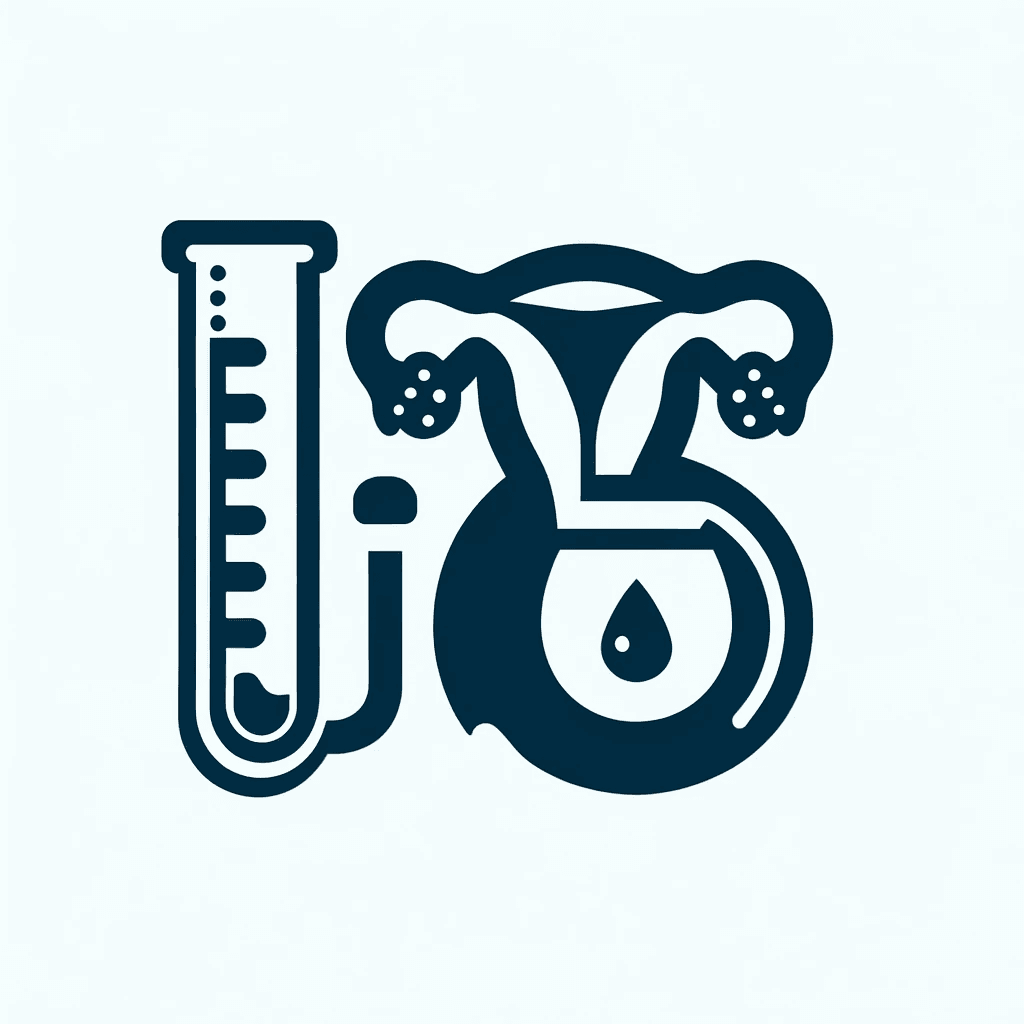Download A4Medicine Mobile App
Empower Your RCGP AKT Journey: Master the MCQs with Us!

This table is a summarized representation of the given text on PCOS diagnostic criteria and suggested investigations.
| Criteria/Note | Description |
|---|---|
| Primary Diagnostic Criteria | Consider diagnosis of PCOS if two of three of the following criteria are present ( CKS ) |
| Ovulation | Infrequent or no ovulation, is typically seen as irregular or absent menstruation. |
| Hyperandrogenism | Clinical/biochemical signs (e.g., hirsutism, acne, or elevated testosterone levels). |
| Polycystic Ovaries (Ultrasound) | Presence of 12+ follicles (2–9 mm diameter) in one/both ovaries or increased ovarian volume (>10 cm³). |
| Additional Notes | |
| Polycystic Ovaries Requirement | Not necessary for diagnosis; mere presence doesn't establish diagnosis. |
| Ethnicity Variations | Non-Caucasian ethnicity might need different diagnostic criteria due to PCOS variations. |
| Adolescents | Both hyperandrogenism and irregular cycles are required for diagnosis. |
| Androgen Excess | Exercise caution before diagnosing PCOS if there are androgen excess signs without irregular cycles. |
| At 'Increased Risk' in Adolescents | Features of PCOS but not meeting criteria? Consider 'increased risk' and reassess at/full reproductive maturity (8 years post-menarche). |
| Suggested Investigations | Description |
| Testosterone | Measure total testosterone (normal to slightly elevated in PCOS). |
| SHBG | Measure sex hormone-binding globulin (SHBG) - indicates hyperinsulinaemia levels. |
| Free Androgen Index | Calculate to assess active testosterone levels. |
| Hormonal Contraception | Stop hormonal contraception at least 3 months before assessing... |
Try our Free Plan to get the full article.